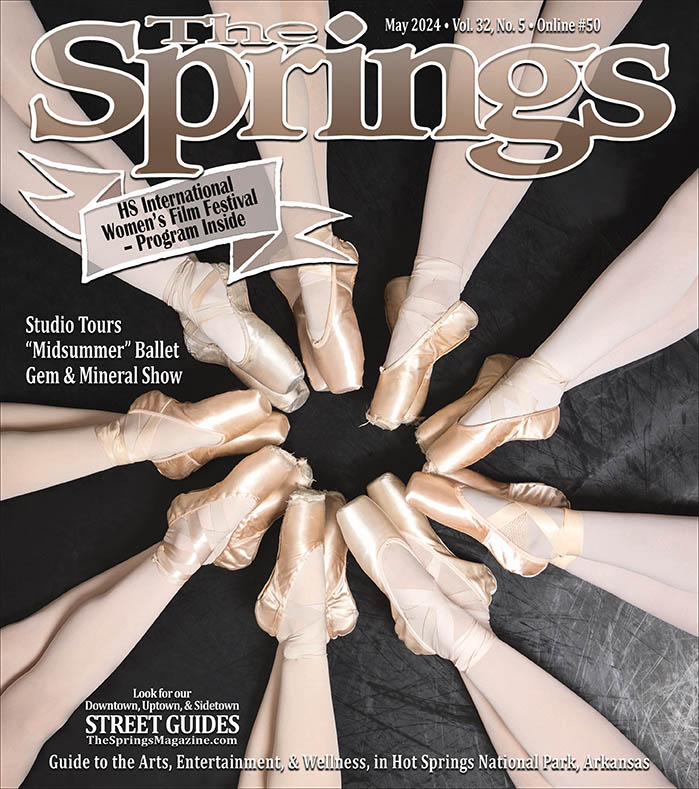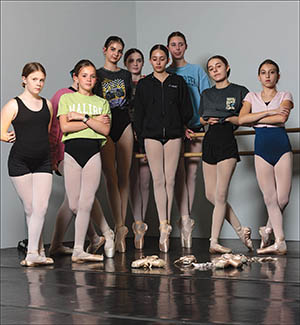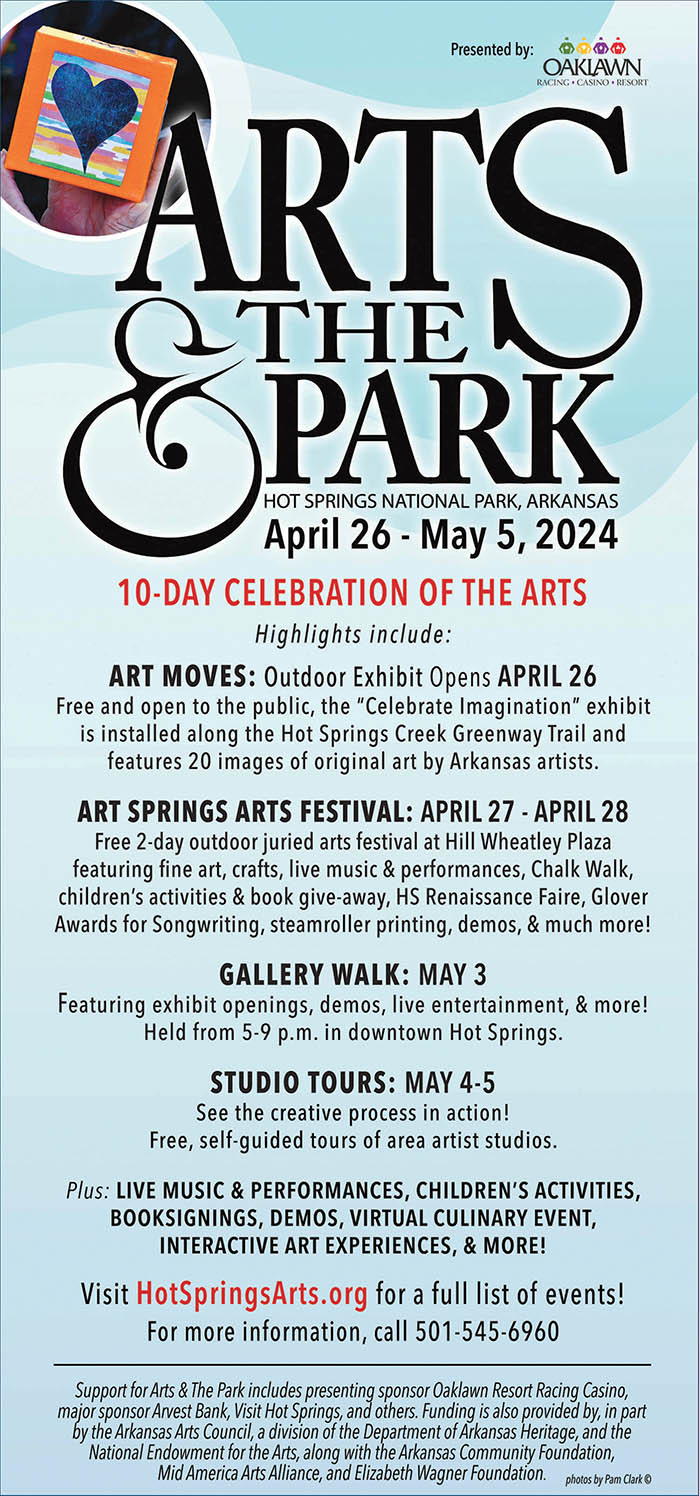Photos courtesy of Chris Sale @chrissalestudios
By Alana Pierce
February 27, 2014, had not kept many people indoors. Hibernating businesses began to prepare for the spring tourists. The early arrival of seasonal visitors meant more foot traffic downtown and, with March just two days away, both tourists and locals had enjoyed the Thursday afternoon’s sights and sidewalks.
But early in the evening, just as daylight settled behind the mountains and the streetlamps came alive, an emergency call came through: The Majestic was burning.

For over 100 years, the Majestic’s 150+ rooms had hosted the famous and the infamous – from Babe Ruth to Al Capone. At one time a man could get a room for a night, get a haircut in the four-chair barber shop, and pick up his dinner for less than ten dollars. Decades earlier, her halls entertained conventions, sports teams, travelers, and, at times, families seeking to homestead in Hot Springs.
Once one of the most imposing and important buildings in town, the Majestic had slowly declined until it was ultimately abandoned. Windows broke and wood rotted. The stately rooftop metal sign rusted. Her winding grand staircase would never again carry patrons to the upper floors.
Most tourists didn’t know the intricate history of the blond-bricked building, or that it had been abandoned just a few years prior. Awestruck locals stared upward as one of the city’s most recognizable structures gave way to one of its most tangible fears: fire.
A handful of those locals scrambled for vantage points. Some perched across the street, posting videos and announcements on social media. Others drove the mountain to do the same, sharing a bird’s eye view of the Majestic’s slow, glowing demise.
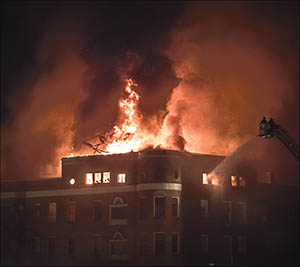
As the last light sank behind the imposing building, dark smoke curled its way out of third-story windows, winding like grey ivy around the sign’s metal letters displayed atop the roof: MAJESTIC HOTEL.
A few blocks away, the men of Central Station, the city’s main fire station on Broadway, had just cooked supper. Jared Hawthorn, already a ten-year veteran of the Hot Springs Fire Department, lifted his first forkful as a dispatch appeared on the monitor.
“I looked at the words ‘Majestic…heavy fire,’ dropped my fork and ran to the window,” he remembers. Outside he saw the glow of fire and shouted “Let’s go boys!” Climbing into the driver’s seat of Engine 1, he flipped on the lights and sirens, ready for “a big one.”
As Engine 1 turned the corner onto Central, Hawthorn could see the first-due pumper, Engine 3, pulling to a stop. Fire had already taken over the third floor. Hawthorn positioned his engine and began working the knobs and levers necessary to get water to the fire.
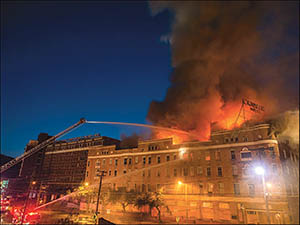
In the meantime, one thought came to mind: “We’re gonna be here a long time.” He knew instinctively this would be one of those fires people talk about for years.
Across town, Jonathon Lishbrook, a then-23-year-old volunteer firefighter and full-time mechanic, had wrapped up his day and stopped for pizza before reporting to the department’s weekly training meeting. But training was interrupted that evening and department members gathered by a radio to hear the initial attack by the city firefighters on the famed Majestic.
Lishbrook and other volunteers anxiously listened for a mutual aid request from the city. How big was this fire? Would the city have enough personnel to simultaneously fight the fire and protect the neighboring buildings from fire spread? He soon knew the answer to both. “The tone dropped and we were on our way with an engine, a stick (an 85-foot water tower), and manpower,” he recalls.
The glow of the fire cast an orange nimbus over the downtown that was visible as far away as Highway 290. Lishbook recalls seeing the changing hue of the clouds and smoke when passing the mall. This fire was enormous and a conflagration could spell trouble for any department, but Lishbrook remembers his fellow firefighters working together “seamlessly.”
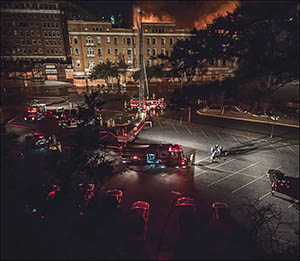
“In all my 12 years of volunteering,” he recounts, “the Majestic was the smoothest I had seen.” And that work would continue all night and into the next day.
Assigned to Front Street, Lishbrook’s team set up a ground monitor to flow as much water as possible on unburned areas (including other buildings) to prohibit the fire’s spread. Sitting at the monitor, he began to take in the enormity of the fire. Above him, flames exploded from one room to the next, pushing glass from windows with every breached door.
Several stories above, orange flames juxtaposed the black silhouette of a Hot Springs ladder and the firefighters working from its bucket. Behind him, the water fountain began to go dry as crews pulled volumes that tested the limits of the city’s water mains. Steam and smoke hissed from every crack and crevice.
At one point, city police officers used nonlethal rounds to break glass so firefighters could more accurately direct their hose streams, employing every possible angle to beat down the fire. And above it all the well-worn letters of the Majestic’s metal sign seemed to glide in and out of smoke, reminding him of the blurred outlines of fish just beneath a lake’s surface.
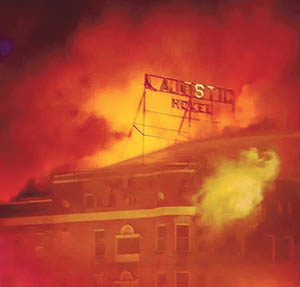
Through the night firefighters grew weary, wet, and cold. Lishbrook describes it as bitter. “I was sitting in the middle of Front Street with a frozen mustache, focused on the ground monitor, when workers from Fat Jack’s hand-delivered the best food it felt like I’d ever had.” Indeed, the community had shown up to support first responders and comfort one another as a landmark disappeared hour by hour.
Just before dawn, the inevitable happened. “I just watched it sink… and sink,” he remembers solemnly, describing the last moments of the iconic Majestic sign. He, like so many others, had worked unwaveringly through the cold and, like them, had watched the sign as it disappeared behind the turgid smoke. Then into the flames. And then, just as day approached, into the gutted interior.
No matter how skillfully they worked, and no matter how much support had been offered, the battle to save the Majestic was drawing to an end. It seemed at this point the old building herself was resigned to give up, beleaguered by years of neglect. With every moment, she weakened.
As the same sun that had slipped behind the building twelve hours earlier reemerged and lit up the remains of the Majestic, firefighters and those who had cheered them through the dark night knew that she was gone—reduced to a skeleton of brick and metal, char and steam. Somewhere inside, her twisted metal sign rested upon a ruined grand staircase.
Captain Alana Pierce is a 19-year veteran on her hometown fire department, the NLRFD. She has resided in Hot Springs since 1991. Her love for Hot Springs history stems from the stories told by her step-aunt, Inez Cline. Writing under pen names, Pierce has been published over 200 times and is a three-time Pushcart Prize nominee.




